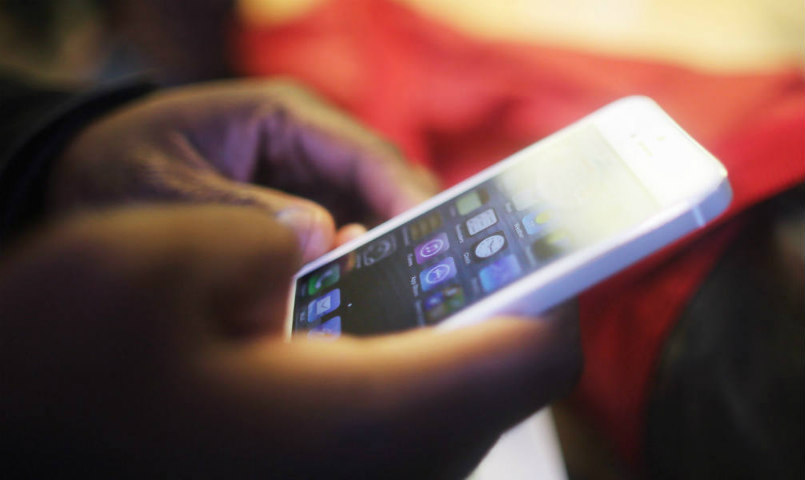
According to the latest data, roughly 338,000 crimes against women were reported in India in 2014. That’s more than 900 crimes a day, or almost one every two minutes.
When all else failed, the country’s authorities hoped to combat this issue with technology. On Monday, the government announced that all mobile phones sold in India starting from January 2016 will have to be equipped with a panic button feature.
Women will be able to activate the function on their smartphones by pressing the power button three times consecutively.
For those older phones with a physical keyboard still incorporated – these remain popular in the country – the panic button will involve holding either the 5 or 9 key. Officials also announced that from January of 2018, all phones will have to be fitted with a GPS system as well.
Technology’s ultimate purpose is to make human life better, and what better use for it to improve the security of women? This was the official statement released by the government with the announcement.
According to India’s National Crime Records Bureau, the 337,922 reports of crimes against women over the course of 2014 showed a 9.2 percent spike from the year before. The greatest incidence of crime was assaulting women with “intent to outrage her modesty, kidnapping and abduction, and rape.”
Over the last few years, India saw a massive interest in the smartphone industry, having become the world’s second-biggest market, closely behind China. In other words, there are more phones in the country than ever.
However, Pankaj Mohindroo, president of the Indian Cellular Association, says that while the new measures sound good in theory, they will surely create an obstacle for the poorer Indians to access phones.
Mohindroo wrote an open letter to telecom secretary JS Deepak, explaining that even though having a GPS in all phones will increase women’s security, the measure “will not be in the interest of consumers at the bottom of the pyramid.”
His letter, published in the Economic Times, shows that having a GPS installed in a handset will increase the cost to consumers between 266 and 400 rupees ($4-$6). In a country where the average wage is around 270 rupees a day, this will be a real problem.
As of now, India is among the countries that lack a centralized emergency number, similar to the U.S. 911. However, rumor has it that a new nationwide number, 112, will be introduced within a few months.
Image Source: BGR
Latest posts by Karen Jackson (see all)
- Intoxicated South Carolina Man Punches Waitress Who Refused to Serve Him Alcohol - June 29, 2018
- Restaurant Manager Arrested and Charged in Shooting Death of Co-Worker over Negative Yelp Reviews - June 20, 2018
- Minnesota Teen Gets Head Stuck In Oversized Tailpipe Winstock Music Festival - June 18, 2018









